I sincerely don’t envy the position Final Fantasy 7 Rebirth is in.
The middle entry of a trilogy is always a precarious thing. On one hand, it lacks the opening act to introduce the cast and get players excited for the story. At the same time, middle entries also can’t culminate in the story’s ultimate climax. Combine that with being part of a remake of one of the most beloved RPGs of all time, and you have a game that really needs to come prepared to impress. After all, Final Fantasy 7 Remake already indulged us in seeing Cloud and friends in glorious HD. Can Rebirth leave a lasting impression after that novelty has worn off?
In search of an answer to this question, I attended an event hosted by Square Enix to play some of Final Fantasy 7 Rebirth for myself. This demo took me through two distinct sections of the game, which showcased Rebirth’s story-focused moments as well as its semi-open-world. For the most part, much of what I saw can be summed up as “it’s more Final Fantasy 7 Remake.”
However, it’s what I didn’t see that interested me the most in Final Fantasy 7 Rebirth.
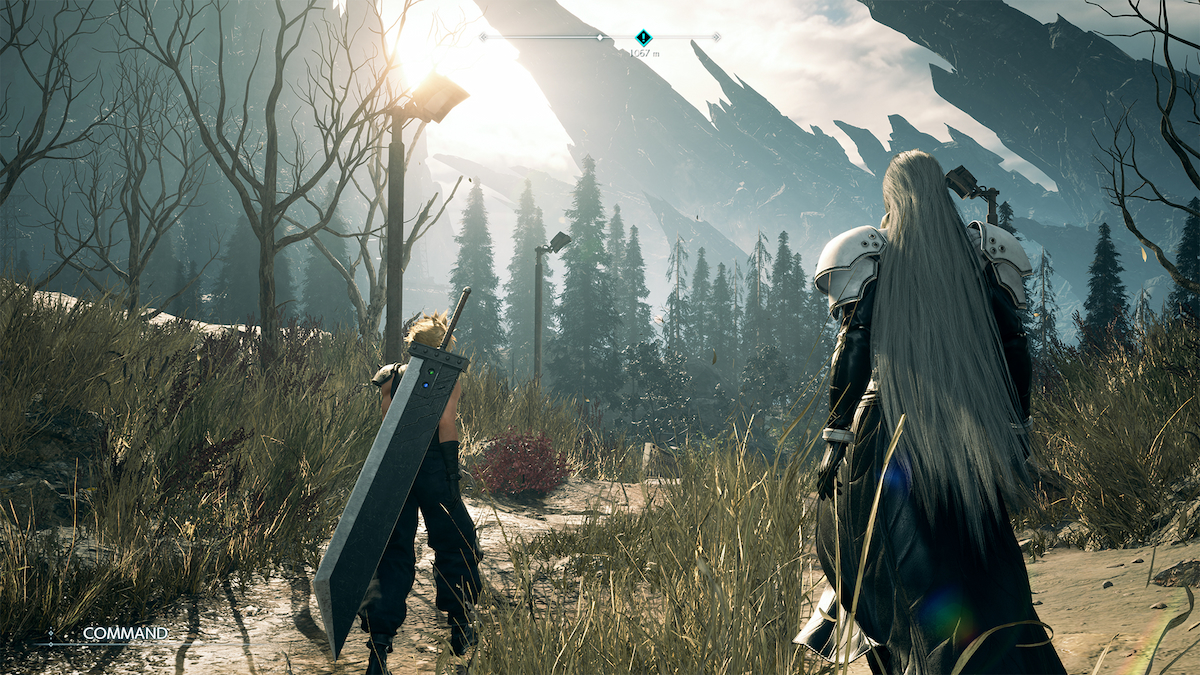
Adventures with a safer Sephiroth
The first section of the demo had me control Cloud and – gasp – Sephiroth on the mountain path leading to the Nibel Reactor. This is, of course, part of the original game’s flashback sequence explaining the Nibelheim Incident. I don’t know if the full game will start here, but it works shocking well as its own introduction. The mountain paths and caves all had explainers for basic mechanics in case it’s been a while since you played Remake, but it didn’t linger too long on its tutorials.
The big selling point of this whole sequence is, of course, playing as Sephiroth. And in truth, this was probably my favorite part of playing Rebirth. In the original Final Fantasy 7, the game drives home Sephiroth’s power by making him comically overpowered. I love how classic Final Fantasy used gameplay to tell stories, but I can’t say this was thrilling to play. Conversely, Rebirth puts Sephiroth and Cloud on more equal footing at this stage, with both being capable of dispatching the monsters in front of you.
Rather than pumping up raw numbers, Rebirth instead sells players on Sephiroth’s sheer power with his playstyle. And that playstyle is “I don’t have any complex mechanics, I just wreck enemies.” He’s just a powerful guy with a big ol’ sword who can use skills that will inflict impressive damage, no matter what you pick. I like this approach since it drives home that Sephiroth is just effortlessly strong, regardless of his opponents. He genuinely feels mighty on his own, rather than just more powerful than the enemies around him.
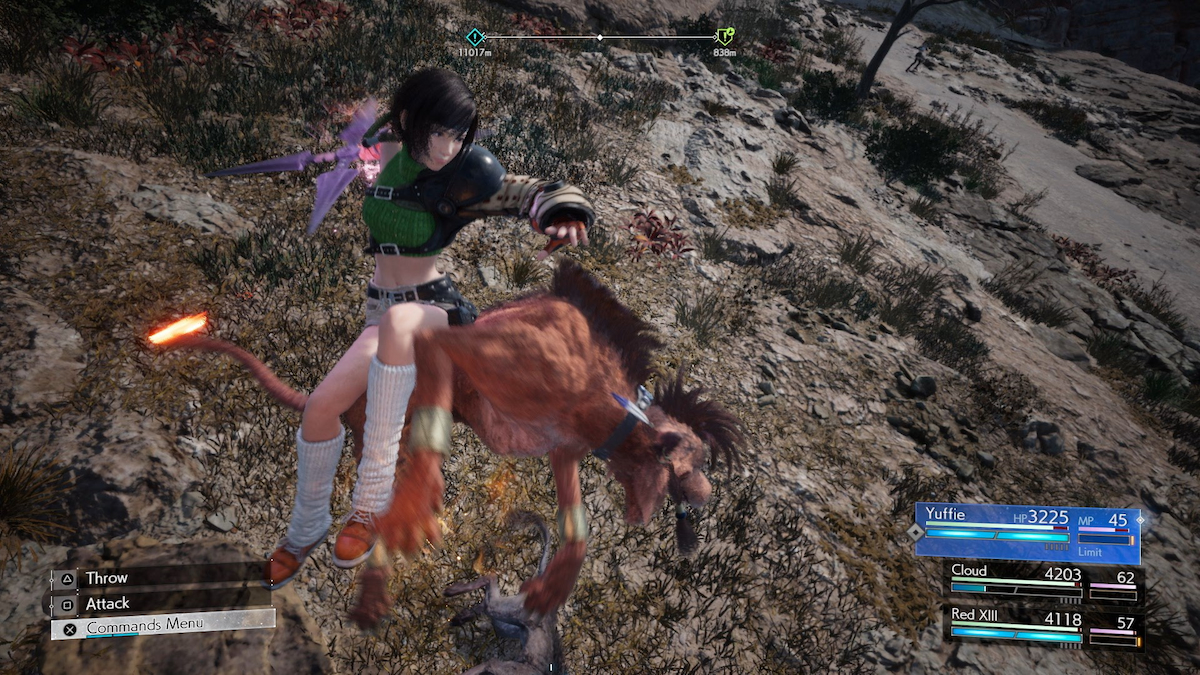
Promote Synergy Abilities
This sequence also introduced me to Final Fantasy 7 Rebirth’s new Synergy Abilities. For those just tuning in, Synergy Abilities are vaguely like Chrono Trigger‘s Double Techs. Whenever you use a character’s ATB gauge, you charge a secondary meter. When two characters reach a certain threshold of their respective meters, they can trigger a Synergy Ability together.
While these can inflict serious damage, Synergy Abilities primarily revolve around stat buffs from what I saw. For example, a couple Synergy Abilities involved making spells cost 0 MP for an extended period. I could immediately tell that these moves were way too powerful to ignore, so switching between characters to build their respective ATB gauges became essential. This also gave me a reason to not use Sephiroth exclusively, which was probably a good call.
I did enjoy how Synergy Abilities shake up the gameplay, but I am worried they might become the most important part of combat. I mean, I like having more tools in my combat toolbox. But if all paths lead to building up my Synergy Abilities because they’re just that powerful, then they’re stop feeling like cool new options and instead come off as something that I’m forced to juggle.
When I poked through the menus in Final Fantasy 7 Rebirth, I did notice that there were many more Materia slots to go around. Even at this relatively early stage of the game, characters could already equip more than ten pieces of Materia each. Additionally, you can find Materia that consolidates two distinct spell sets from Remake, such as a Materia that grants both Fire and Lightning spells. There might be some captivating potential in building around Synergy Abilities, which I would love to test out. Unfortunately, these more RPG-y parts of the game were locked out from the demo.
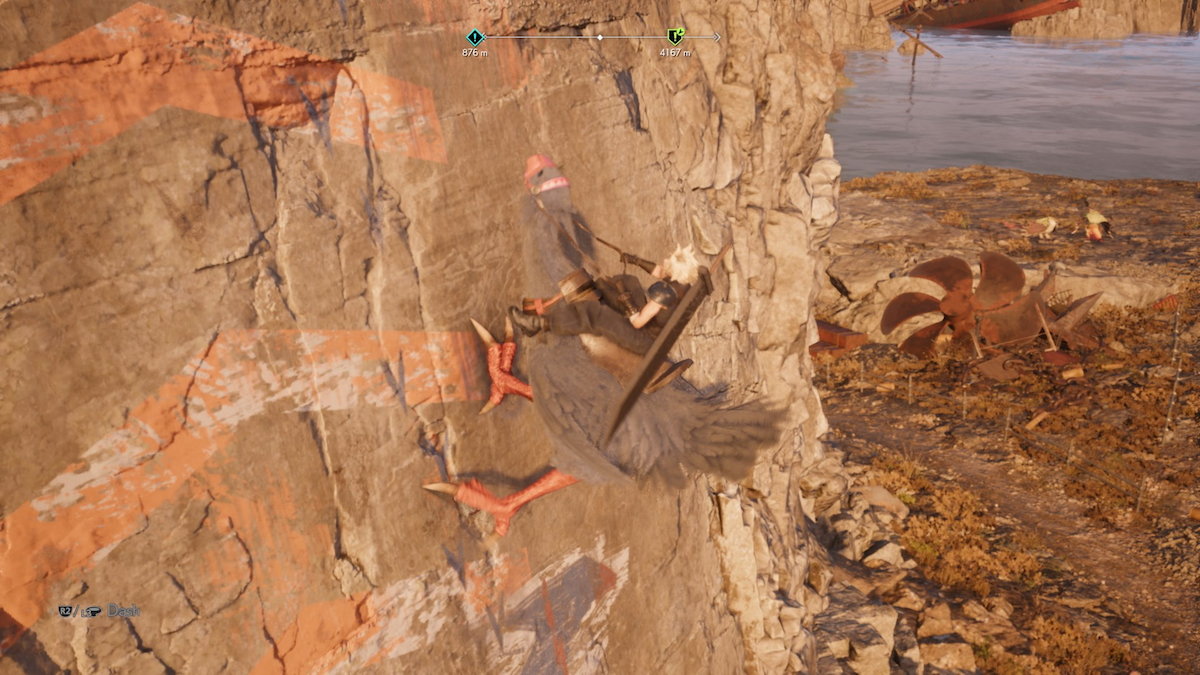
Out on the open world
The first demo section ended on a satisfying note, with a lot of little nods that I’m sure longtime Final Fantasy 7 fanatics will pick up on immediately. Sephiroth calls Cloud “Puppy” at least once, which made an overly enthusiastic part of me want to jump up and go “I know what that means!” However, I soon found myself in the second section of the demo, which sees the party in the open area outside of Junon. This is where the game showcases its more open-world inspired elements.
Right off the bat, Final Fantasy 7 Rebirth hit me with several mechanics that one would immediately think of when they hear “open-world.” I could ride my chocobo mount, pick up materials off the ground as I walked by them, and chase down optional battles to engage in. In the demo, those random materials could only go into crafting consumable items. The big thing here is the Cushion, which Cloud must use if he wants to rest on shoddy looking benches. Honestly, I can relate. My butt deserves only the best too.
It was neat to see Rebirth open up a bit, especially with how predominately linear Remake was. But, honestly, the Cushion did concern me. It seemed like the type of thing that didn’t really need to be in the game, but existed so you had something to grind in this open space. I mean, Remake had benches with no need for cushions, and to be fair, those are here too. But again, I don’t want to come down too hard on this because of the nature of the demo. I’m sort of ambivalent to crafting systems in general, so as long as there’s interesting stuff in the full game to chase, I’ll be happy.
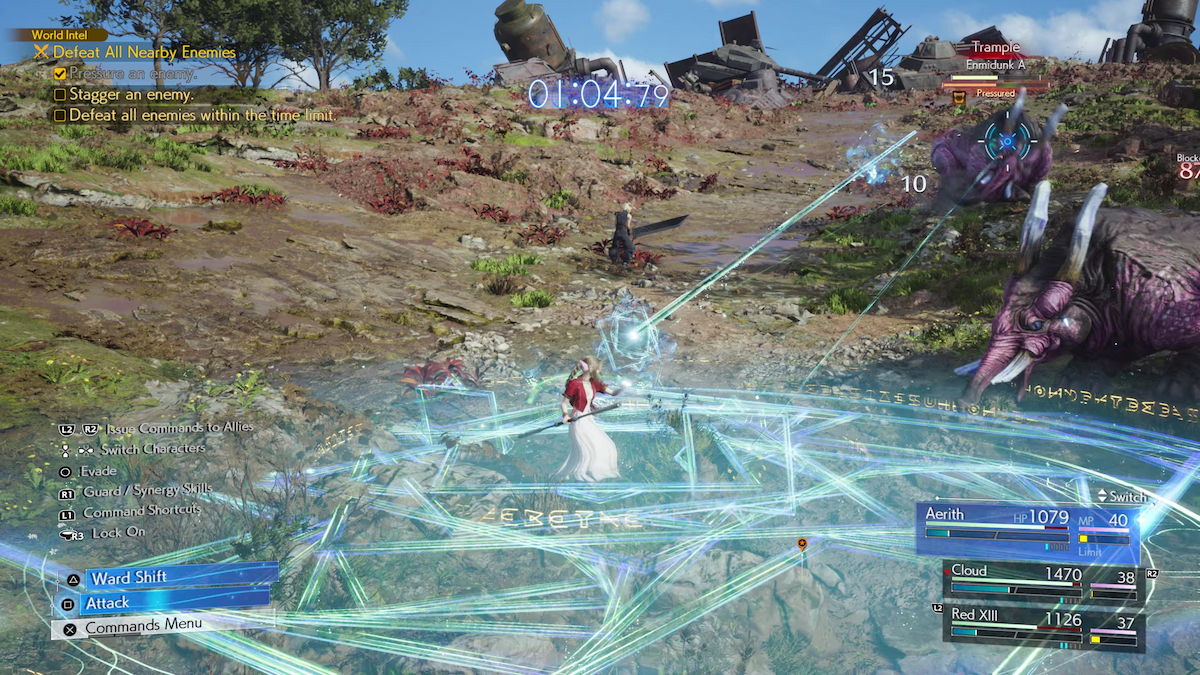
Intel-ligent battles
That said, it was the Combat Assignment fights that made me a bit worried about Rebirth. These optional battles pit your party against set groups of monsters, but each come with three optional intel objectives to fulfill. You can beat these battles without clearing all the objectives, but the game really seemed to discourage that. Basically ever failed attempt involved some voice clip along the lines of “maybe try that again.”
Most of the objectives here were straightforward. Stuff like “defeat the enemies in under three minutes” needs no explanation and works fine. On the other hand, some objectives grated on me with how rigid they felt. In one case, an optional objective involved evading an enemy using a certain attack. However, I had no context as to what “evade” meant. Simply not getting hit didn’t count, and my attempts to Perfect Dodge by rolling away at the last second didn’t work either. Maybe the full game explains evasion timing better, but this just wound up frustrating me to the point of making me give up.
Similarly, an objective in the encounter I faced right after involved interrupting an enemy when it starts casting a specific attack. Using the Assess skill reveals that you can interrupt it by inflicting enough damage during the casting period, except the enemy incessantly pushes party members away during this window of vulnerability. Again, I tried beating this objective several times and couldn’t clear that damage threshold. I also tried timing my strikes so I could stagger the enemy during casting or just flat out kill it, but neither of those tactics counted towards completion.
I wound up just abandoning these optional objectives since I really didn’t have fun trying to chase them down. Plus I had other things I wanted to do in this demo.
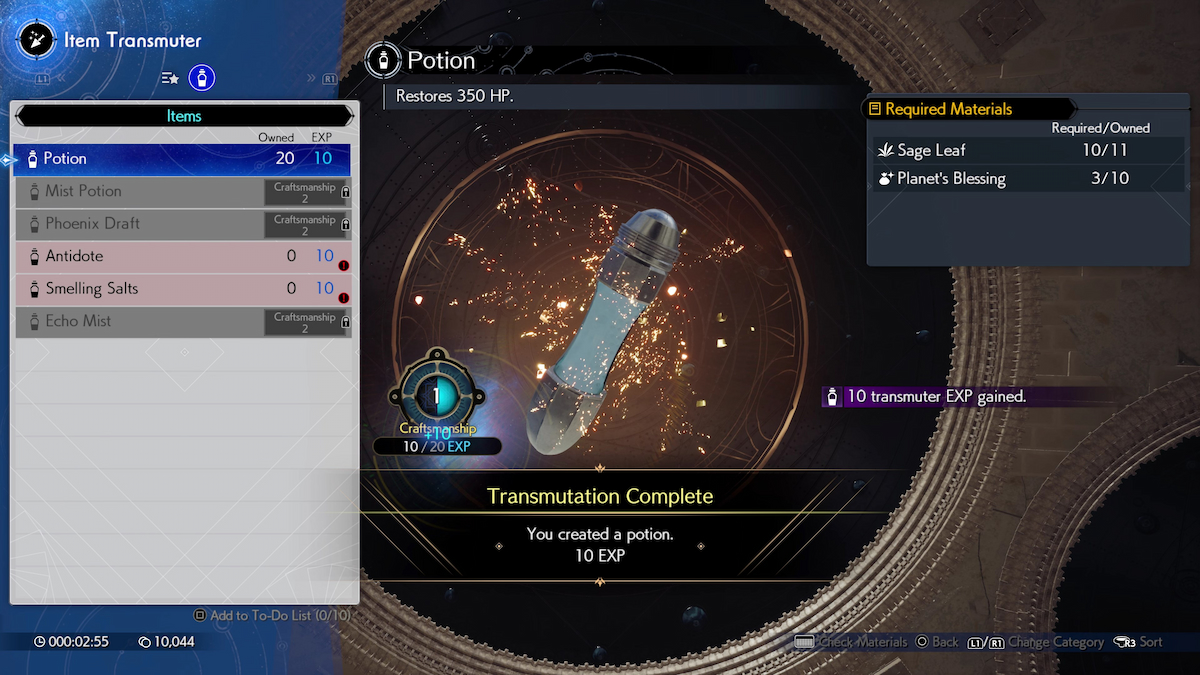
Action vs. RPG
The weird thing about my experience is that I saw a game that I really wanted to play here, but just didn’t have the opportunity to. Even during the battle I described above, I noticed that those enemies pushing my party away had a Lightning weakness. I immediately thought “If I could just equip Aerith with Lightning Materia, I bet I could complete this objective easily.” Alas, Aerith didn’t have any Lightning magic, and I couldn’t do that menu management myself.
The boss battle at the end of this section of the demo left me with similar feelings. Playing Rebirth as strictly an action game, I felt somewhat lukewarm about the experience. There were certain attacks I had to use guard against, certain phases where I had to use certain moves, and mechanics where I had to use specific characters. It all came together like a game that wanted to escalate the difficulty by becoming much more rigid, instead of giving me the freedom to play how I want.
Yet I couldn’t stop thinking about all those Materia slots my characters have that I couldn’t play with. And how, again, you can find Materia that consolidates existing magic to give you room to try out new toys. Even after my demo time, I talked with a representative about different tactics the full game might allow. For example, I could possibly make Cloud a dedicated tank to give other party members more freedom to hit bosses without worrying about dodging or blocking. That sounds like a blast to me, but it was outside the scope of what I could try here. And that could be the key that seriously enriches Rebirth‘s combat.
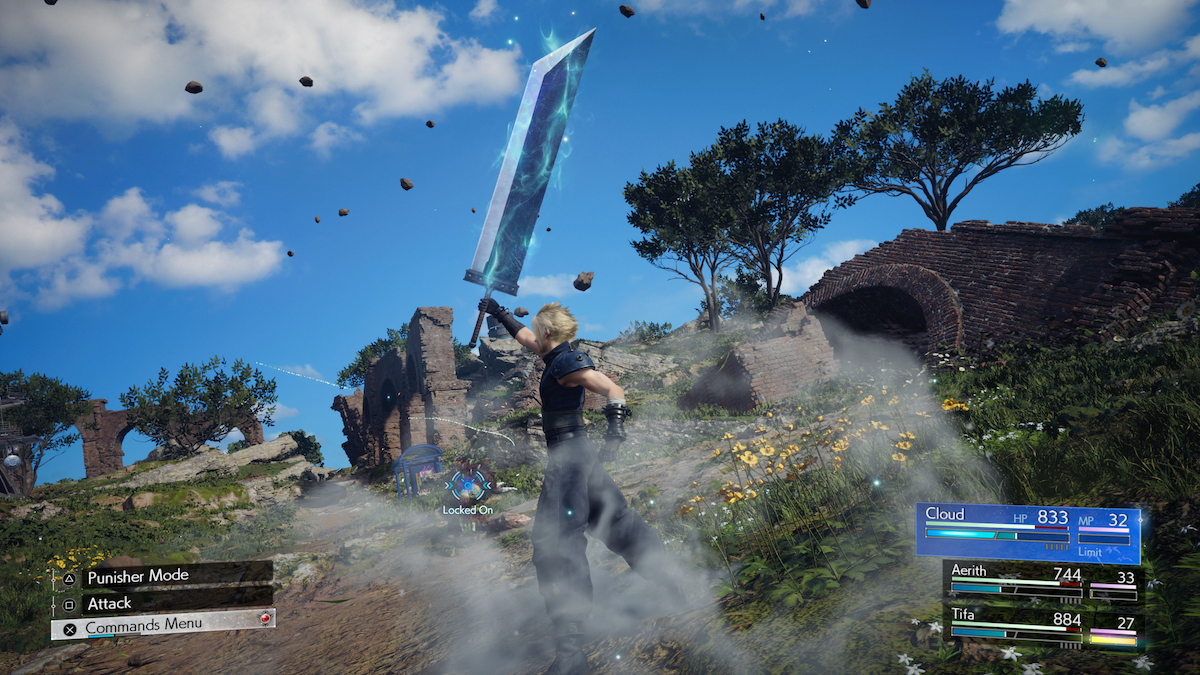
The rebirth of Final Fantasy 7
In the end, I was left with some conflicting feelings about Final Fantasy 7 Rebirth. It did come with some notable changes to what Final Fantasy 7 Remake offered. For example, Aerith had stronger attack options as well as some neat evasion tricks. But overall, it mostly felt like more Final Fantasy 7 Remake with a few additions I could take or leave. I honestly wouldn’t recommend replaying Remake leading up to Rebirth, since I think you’d burn yourself out with how similar they are.
However, all those RPG elements on the periphery of my experience have stuck with me. How will the game build up Sephiroth and work with plot threads that longtime fans are familiar with? What kinds of things might I craft in that open world once I can dive deep into that character building? And again, what new possibilities might arise with the new Materia in the game? The sheer implication of new toys makes me eager to try the game for myself.
So all in all, I’m still absolutely keeping my eyes peeled for Final Fantasy 7 Rebirth. I mean I would anyway, simply because I like Final Fantasy. But if what I both did and did not see comes together in a satisfying way, Rebirth could absolutely be something special. Otherwise, it’s just more Final Fantasy 7 Remake with a few extra systems, and that isn’t a terrible outcome either.
Final Fantasy 7 Rebirth launches on PlayStation 5 on February 29.








